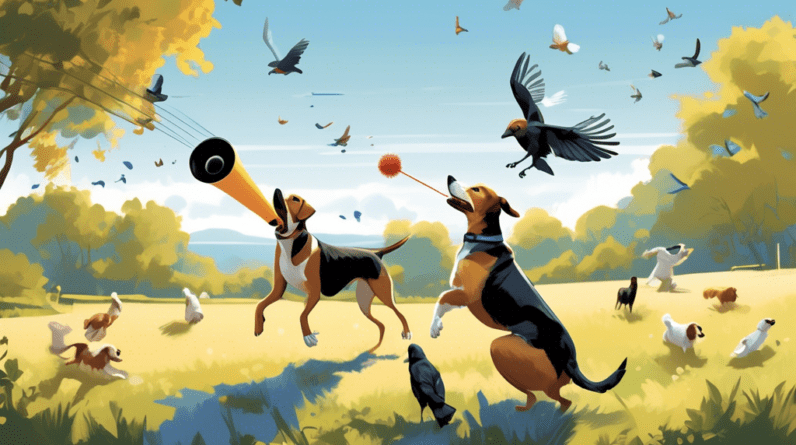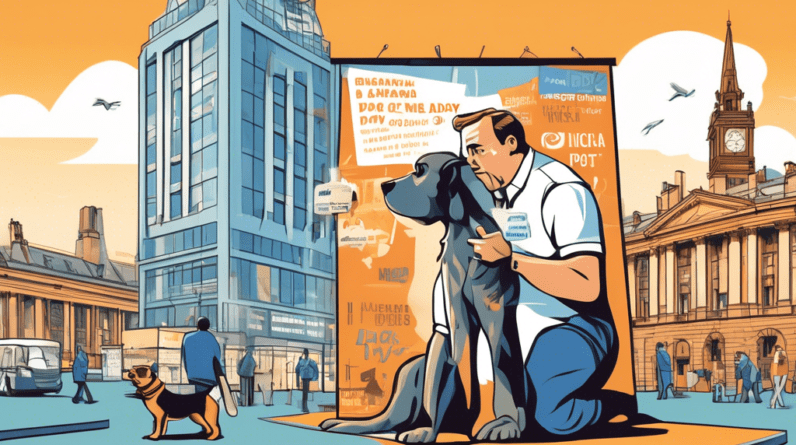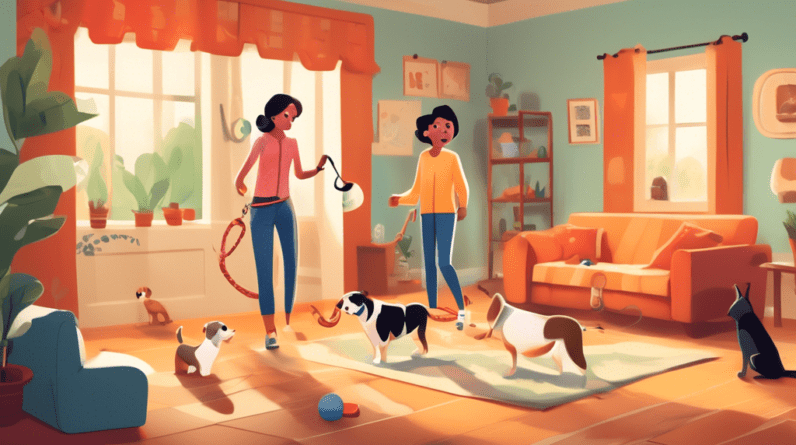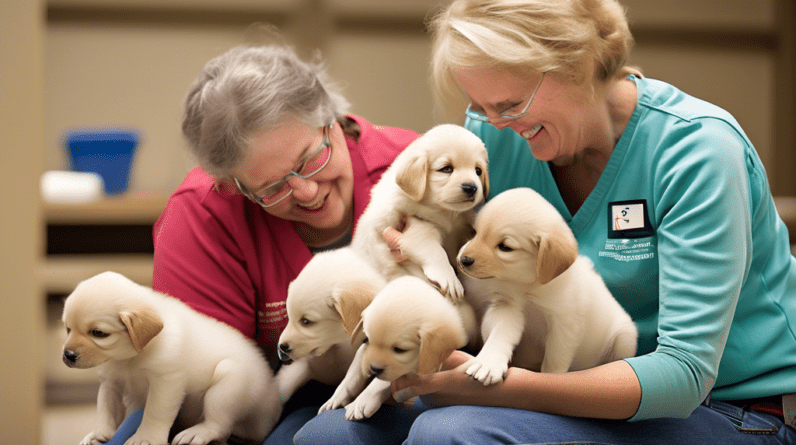
The Impact of Covid-19 on Dog Ownership and Adoption Rates
The Covid-19 pandemic has had an incredible impact on the world economy and everyday life. One of the areas that the pandemic has impacted significantly is the world of dog ownership and adoption. From changes in adoption rates to training and socialization issues, dog owners have had to face several challenges during this period. However, there have also been some exciting opportunities that have emerged as a result of the pandemic. This article will explore the impact of Covid-19 on dog ownership and adoption rates, the challenges and opportunities that have come with it, and what the future of dog ownership may look like post-pandemic.
The Increase in Dog Ownership Amid the Covid-19 Pandemic
With the pandemic, people are spending more time at home, and many have realized that they have the time and resources to care for a pet. As a result, there has been a marked increase in dog ownership, particularly during the first few months of the pandemic. According to the American Pet Products Association, 11.38 million households have acquired a pet since the pandemic began, which is an incredible 60% increase. Another survey shows that 2 in 5 people who were considering adopting a pet before the pandemic went ahead to adopt during Covid-19. This increase in dog ownership was due to the fact that people were looking for companionship, emotional support, and something to take their minds off the pandemic.
Changes in Adoption Rates due to the Pandemic
While the pandemic has led to an increase in pet ownership, it has also had its impact on adoption rates, particularly in animal shelters. Animal shelters had to close or decrease their operations, making it challenging for people to adopt. Also, many animals were shipped out of shelters to foster homes, so people could still adopt, but the process took longer. However, at the same time, some shelters reported more adoptions as people had more time and resources to take care of animals.
Effect of Quarantine on Dogs and their Owners
The quarantine and social distancing measures that were put in place to curb the spread of the virus saw many people spending more time with their dogs. However, while this was a good thing, the abrupt change in routine was challenging for many dogs. Some dogs who were used to having their owners around suddenly had to spend their time alone, leading to anxiety and separation issues. For owners, it was essential to find new ways to keep their pets engaged physically and mentally as they stay at home.
Dog Training and Socialization During Covid-19
Socialization and training are crucial for dogs, but the pandemic made it harder to attend training classes or socialize with other dogs and people. For dog owners, this presented a challenge as they had to find new ways to keep their dogs physically and mentally stimulated. Some turned to online training classes, which became popular during the pandemic, while others had to improvise having playdates with dogs and owners in their neighbourhood and training in their backyards.
Pandemic-Related Challenges of Owning a Dog
The pandemic has undoubtedly posed challenges for dog owners, which include;
– Reduced access to veterinarians for regular check-ups because of the lockdown restrictions.
– Financial constraints due to limited income and work loss, making it hard to take care of their pets financially.
– Limited access to boarding facilities when travelling or going outside the state.
– Difficulty in accessing pet supplies.
Addressing the Challenges of Dog Ownership in a Covid-19 World
While the pandemic has created challenges for dog owners, it has also generated new opportunities. One of which is services for dog owners, household, and pets. Companies and small businesses have pivoted to help individuals understand and manage their dog’s health. Virtual training courses and veterinarian visits have been made available, and online retail of pet supplies has increased.
Opportunities for Dog Owners During Quarantine
The pandemic has also given rise to new opportunities for dog owners. With more time available in the day, there is ample time to bond with one’s dog, take long walks, and learn new tricks or games. Dog owners can also explore new adventures such as hiking trails, visiting natural parks and scenic routes, and touring with their pets.
The Future of Dog Ownership After Covid-19
While the world is experiencing a new normal, opinions on the future of dog ownership remain divided. Some predict that the increase in pet ownership would go down while there is a return to normalcy, while others speculate that the emotional and psychological impact of the pandemic would leave a lasting effect and contribute to an increase in pet ownership rates.
The pandemic has changed many things, including the way we adopt, own, and care for our pets. These changes have come with both challenges and opportunities for dog owners. Regardless of the future, it is essential that dog owners continue to offer the necessary care and companionship for their pets. And with a little innovation and creativity, there will be much to look forward to in the future of dog ownership.

Frequently Asked Questions About The Impact Of Covid-19 On Dog Ownership And Adoption Rates
What impact has Covid-19 had on dog ownership and adoption rates?
Covid-19 has significantly increased dog ownership and adoption rates. As people spend more time at home, they have greater opportunities to care for and bond with a dog. Moreover, some people may feel more motivated to adopt a dog as a way to combat loneliness and improve their mental health during these challenging times.
What challenges have arisen for dog owners and shelters during the Covid-19 pandemic?
The Covid-19 pandemic has posed several challenges for dog owners and shelters. For dog owners, the closure of dog parks, cancellation of obedience classes, and difficulty accessing veterinary care or supplies have all created difficulties. For shelters, they’ve had to modify their intake and adoption processes, and have faced increased demand along with decreased volunteer and staff availability.






